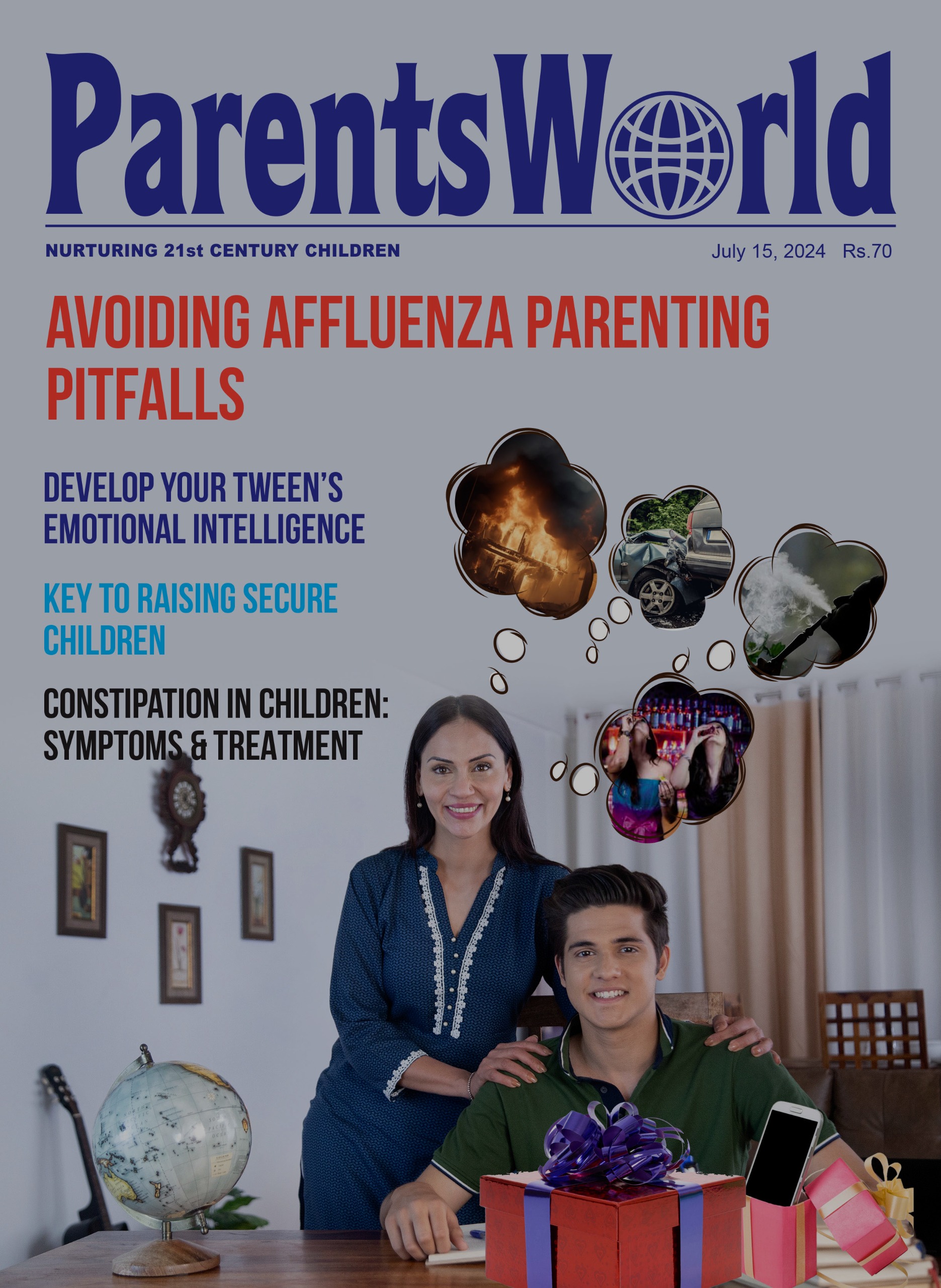Vehicular pollution caused asthma in 350,000 children in India in 2015, reveals a study published in Lancet Planetary Health (April). The study, which surveyed 194 countries, says that India reported 350,000 pollution-related childhood asthma cases, second highest after China, where 760,000 cases were detected followed by the US (240,000), Indonesia (160,000) and Brazil (140,000). Researchers of George Washington University, USA, which conducted the study, estimate that more than one in ten childhood asthma cases is linked to vehicular-related air pollution.
With 92 percent of cases developing in habitations that have vehicular pollution levels below the World Health Organisation (WHO) guideline, the researchers recommend that this guideline is reviewed. “Our findings suggest that the WHO guideline for annual average nitrogen dioxide concentrations might need to be revisited, and that traffic emissions should be a target to mitigate exposure,” says Susan Anenberg, associate professor of environmental and occupational health, George Washington University, who stresses that policy initiatives to alleviate vehicular-related air pollution can lead to improvements in children’s health.
Children are swallowing more foreign objects than before
The rate at which foreign objects are being swallowed by children below six years has nearly doubled in the two decades after 1995, says a new study published in Pediatrics (April). The study found that the rate of foreign-body ingestions — children swallowing coins, toys and other foreign objects, including potentially fatal button batteries — nearly doubled between 1995 and 2015, rising by 92 percent during the 21-year study period and increasing by 4 percent annually.
Researchers of Nationwide Children’s Hospital, Columbus, Ohio, who analysed 30,000 cases in which children aged below six had ingested foreign objects, found that the most commonly ingested items were coins, most often pennies. Of all of children hospitalised during the two decades studied, nearly 80 percent had ingested coins.
Dr. Orsagh-Yentis, lead author of the study and a pediatric gastroenterology motility fellow at Nationwide Children’s Hospital, says the study underscores the need for greater parental vigilance and safe storage of potentially dangerous objects.
Firstborns outperform younger siblings
Firstborn children tend to outperform their younger siblings in cognitive tests and are better set up for academic success thanks to the engaged parenting they experience, says a study published in the Journal of Human Resources (April). The study found that as early as age one, later-born children score lower in cognitive assessment tests than their elder siblings, and the birth order gap in cognitive assessment increases until the time of school entry and remains statistically significant thereafter. Eldest children are also 30 percent more likely to be CEOs and politicians.
Jee-Yeon K. Lehmann, co-author of the study and an economist at the Analysis Group in Boston, attributes this advantage to first-time parents “wanting to do everything right”. “Our findings suggest that broad shifts in parental behaviour from first to later-born children are a plausible explanation for the observed birth order differences in education and labour market outcomes,’’ says Lehmann.
Moreover the study suggests that ‘’mothers take more risks during pregnancy and are less likely to breastfeed and to provide cognitive stimulation for later-born children.”
Obesity, vision and dental problems common in children
Obesity, vision problems, and tooth decay are the most common ailments of schoolchildren in India, reveals a report published in April by Jarma Wellness, a Mumbai-based preventive healthcare and education services company. The all-India study titled Enhancing the Effectiveness and Impact of Schools: Insights from School Health Screening Program found that 30.4 percent of students have abnormal BMI (body mass index); 19.1 percent are overweight; 25 percent had vision problems and half reported dental problems. Jarma Wellness surveyed over 176,240 children in the 2-17 years age group in 20 cities countrywide.
The report also recorded an increase in the number of obese children from pre-primary to primary and higher secondary. “Our health screening data shows a clear need for focused efforts to improve health of children and young people through preventive healthcare. A continued failure to act will have serious ramifications for the health of generations to come,” warns Dr. Akshay Shah, co-founder, Jarma Wellness.






















